Red Skinny Pepper: The Hot, Lean Flavor Bomb You Need in Your Spice Cabinet
If you're a spice lover with a taste for the unusual, it’s time to make room on your shelf for the red skinny pepper. This slender firecracker might not look like much at first glance, but don’t let its slim frame fool you — it packs a punch that can rival some of the spiciest peppers out there.
In this blog post, we’ll explore everything you need to know about this unique chili — from flavor profiles and heat levels to practical cooking tips and preservation methods. Whether you're a pro chef or just someone who enjoys adding a little kick to your tacos, this list is for you!
Table of Contents
- What Exactly Is a Red Skinny Pepper?
- Heat Level: How Hot Does It Really Burn?
- Flavor Profile: Earthy, Fruity, and a Touch of Smoke?
- Top 5 Culinary Uses for Red Skinny Peppers
- Spice Master Tips: Cooking Like a Pro with This Slim Chili
- How to Preserve That Fiery Flavor: Storage Hacks
- Red Skinny vs. Other Chilies: A Spicy Showdown
- Where to Buy and What to Look For
- Stay Safe While Getting Spicy: Handling Tips
- 9 Fun (and Slightly Nerdy) Red Skinny Pepper Facts
What Exactly Is a Red Skinny Pepper?
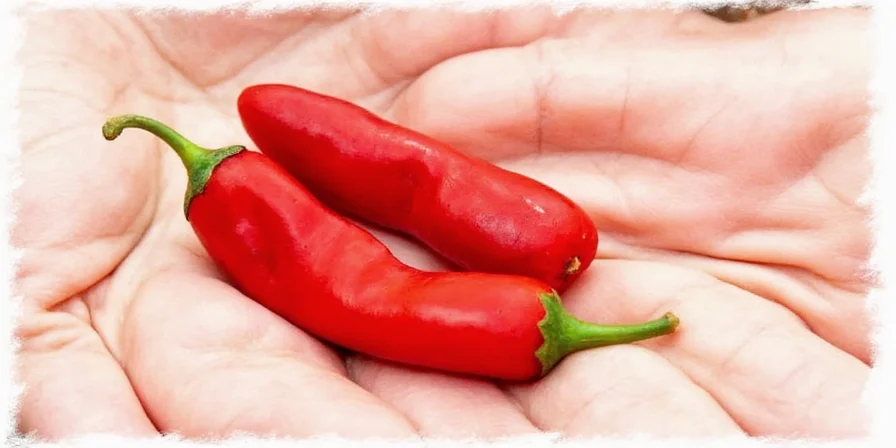
The red skinny pepper, sometimes known colloquially as “slim jimi” or “razorback chili,” is a long, thin variety of chili pepper known for its vibrant red color and potent heat. Though its exact origins are debated, it’s widely used in Latin American, Caribbean, and parts of Southeast Asian cuisines.
It’s often mistaken for a dried version of the fresno or Thai bird’s eye chili due to its appearance and similar heat level. However, once tasted, most spice enthusiasts notice a more complex flavor profile that sets it apart from other chilies of similar size.
Heat Level: How Hot Does It Really Burn?
Let’s get one thing straight: don’t be fooled by the delicate frame. This pepper may look like it’s fresh out of high school, but it graduated top of its class when it comes to capsaicin content.
| Pepper | Scoville Heat Units (SHU) | Relative Comparison |
|---|---|---|
| Red Skinny Pepper | 30,000–50,000 | Moderately hot, slightly milder than a habanero |
| Tabasco Pepper | 30,000–50,000 | Very similar |
| Habanero | 100,000–350,000 | Significantly hotter |
| Serrano | 10,000–23,000 | Less intense |
The red skinny pepper falls right in the sweet spot between “I can handle this” and “I might call my ex for emotional support.” Its heat builds gradually, giving dishes depth without overwhelming them immediately.
Flavor Profile: Earthy, Fruity, and a Touch of Smoke?
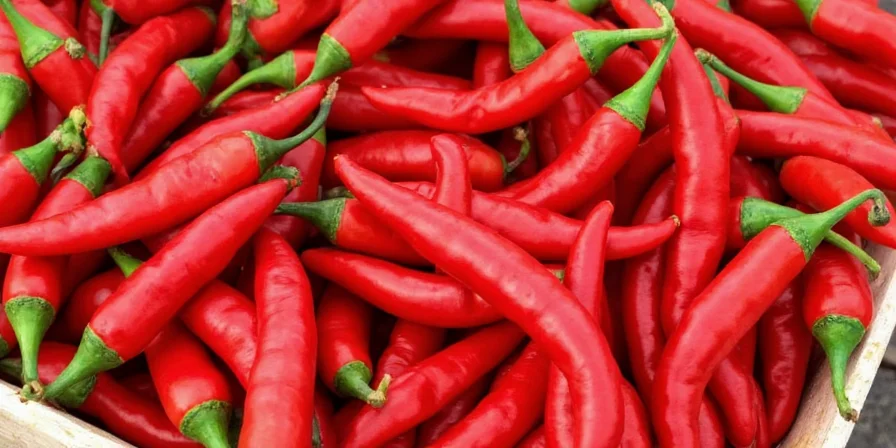
While heat is important, flavor is what separates a good chili from a great one. The red skinny pepper offers:
- Slight Sweetness: More noticeable than expected, especially when dried and toasted.
- Earthy Base: Adds richness to sauces and stews.
- Faint Fruity Note: Hints of berry-like undertones, especially when roasted.
- Subtle Smokiness: Not as pronounced as chipotle but still present.
This layered flavor makes it a versatile ingredient in both traditional and fusion dishes.
Top 5 Culinary Uses for Red Skinny Peppers
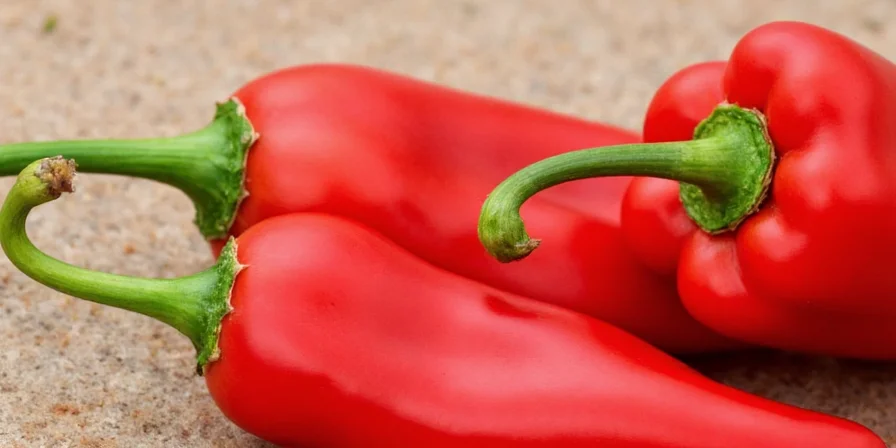
- Homemade Hot Sauce: Blend with vinegar, garlic, and lime for a tangy, fiery condiment.
- Spicy Oil Infusion: Toast in oil for a few minutes (watch closely!) and use as a finishing drizzle.
- Dry Rub Component: Crush into powder and mix with paprika, cumin, and salt for a bold seasoning blend.
- Chili Crisp: Combine with sesame seeds and oil for a crunchy, spicy topping perfect on noodles or toast.
- Marinades: Add whole or sliced to marinades for meats and tofu for slow-developing heat.
Spice Master Tips: Cooking Like a Pro with This Slim Chili
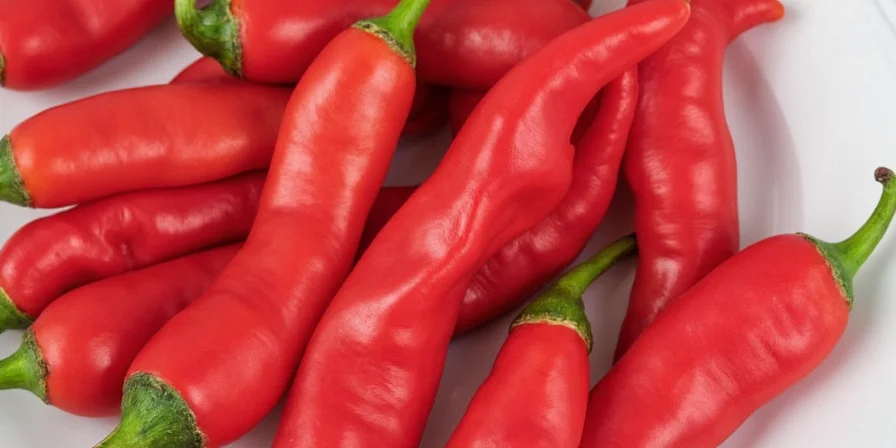
- To Seed or Not to Seed: Most of the heat lives in the ribs and seeds. Remove them if you want flavor without face-melting intensity.
- Toast First: Dry toast in a pan before grinding to unlock deeper flavors.
- Add Late: When making sauces or soups, add towards the end for a sharper, brighter kick.
- Pair With Citrus: Balances the heat and enhances the fruity notes. Try with lime juice or orange zest.
- Balance With Fat: Use in creamy dishes like mac and cheese or coconut-based curries to mellow the burn.
How to Preserve That Fiery Flavor: Storage Hacks
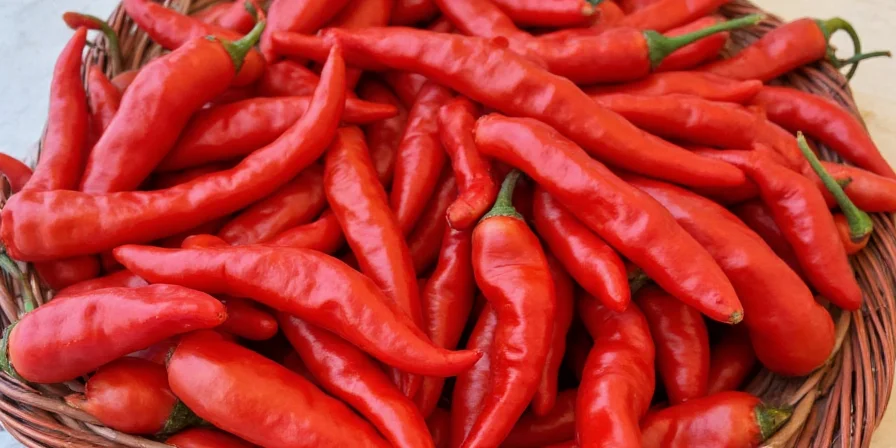
You’ve scored a big bag of red skinny peppers — congrats! Now, how do you keep them from turning into dust or mold? Here’s how to store them like a pro:
- Drying: Air dry on a rack or use a food dehydrator until brittle. Store whole or grind into powder.
- Pickling: Slice and soak in vinegar with garlic and spices for a zesty condiment.
- Freezing: Whole or sliced, no blanching needed. Perfect for throwing directly into soups and stir-fries.
- Oils & Pastes: Make chili oil or paste and refrigerate for up to 6 months.
- Vacuum Sealing: For longer storage life, vacuum seal dried or frozen peppers to prevent oxidation.
Red Skinny vs. Other Chilies: A Spicy Showdown
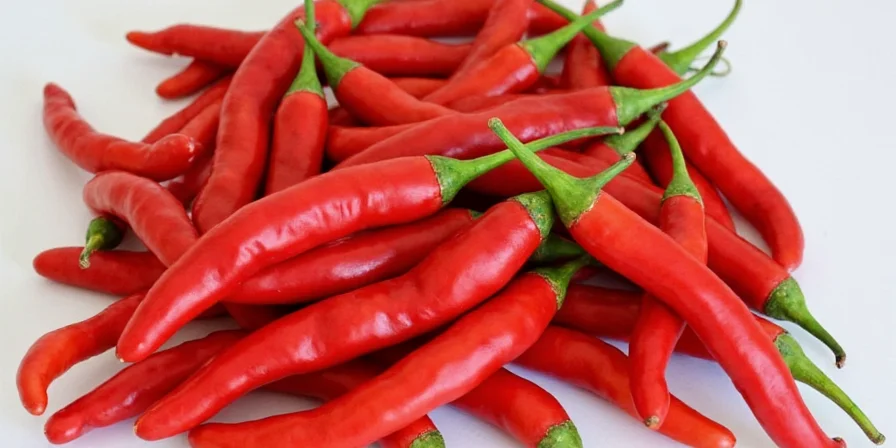
Wondering how the red skinny pepper stacks up against your go-to chili? Check out this head-to-head:
| Feature | Red Skinny | Jalapeño | Thai Bird's Eye | Habanero |
|---|---|---|---|---|
| Heat Level | Moderate | Mild | Hot | Very Hot |
| Flavor Complexity | High | Low | Moderate | High |
| Best Use | Hot sauce, rubs, oils | Capsicum base | Curry, stir-fry | Sauces, desserts |
| Size & Shape | Long, thin | Broad, stubby | Small, roundish | Broad, lantern-shaped |
Where to Buy and What to Look For
You won’t find these in every grocery store, but they’re becoming more common in specialty markets and online spice shops. Here’s how to shop smart:
- Fresh: Look for firm, bright red specimens. Avoid soft spots or discoloration.
- Dried: Should snap easily when bent. Don’t buy if they feel rubbery or overly flexible.
- Powdered: Ensure the container isn’t clumping and smells aromatic, not musty.
- Online: Check reviews and sourcing information. Ideally, opt for organic or small-farm options.
Stay Safe While Getting Spicy: Handling Tips
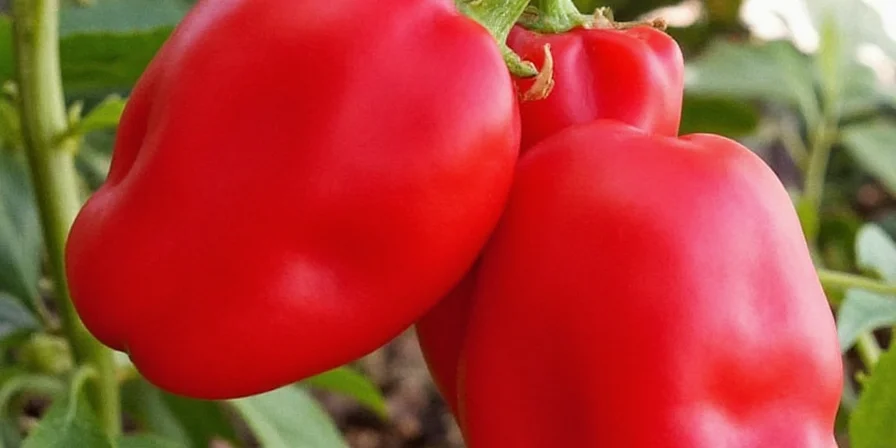
We love the heat, but we also love our eyes. Here’s how to avoid a tearful disaster:
- Use Gloves: Capsaicin sticks to skin and is tough to wash off. Food-safe gloves save lives (and eyeballs).
- Avoid Face Contact: Even after washing hands, wait a bit before touching sensitive areas.
- Work in a Ventilated Area: Especially when drying or grinding, since the airborne particles can irritate lungs.
- Rinse After Use: Wipe down countertops, utensils, and cutting boards thoroughly after chopping.
- Milk for Relief: If you overdo it, dairy (like milk or yogurt) neutralizes the burn better than water.
9 Fun (and Slightly Nerdy) Red Skinny Pepper Facts
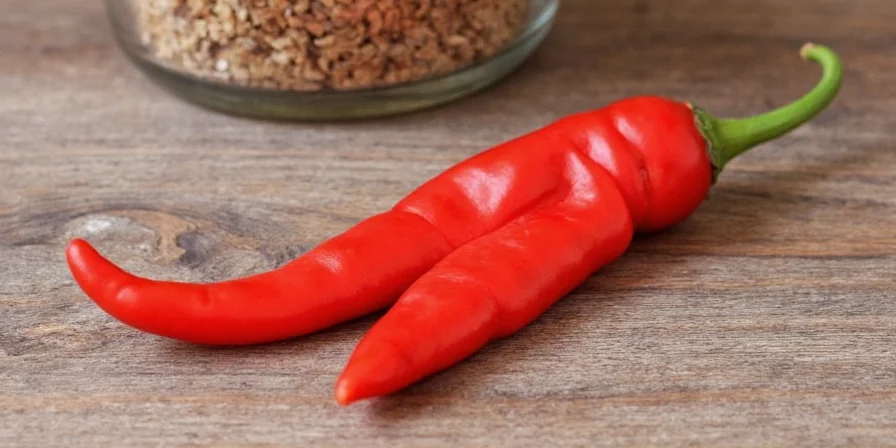
- It’s often called the “stealth chili” because it sneaks up on you slowly.
- Some chefs swear it tastes different depending on which region it’s grown in — terroir for chili lovers!
- The thinner the wall, the drier and more concentrated the flavor tends to be.
- In ancient times, people believed it could ward off evil spirits. We’re not judging.
- When ground into powder, it adds a deep crimson hue to foods — perfect for natural coloring.
- Used in traditional medicine for improving circulation and digestion — though consult your doctor before trying that at home.
- Can be fermented for homemade hot sauces with wild probiotic benefits.
- Some varieties have been selectively bred to increase sweetness without lowering heat — science at work!
- The phrase “skinny pepper” has inspired multiple spicy cocktail names across hipster bars in Brooklyn. You’re welcome.
Conclusion: Embrace the Heat — Let the Red Skinny Pepper Be Your New Spice Cabinet MVP
Whether you’re a seasoned spice junkie or a curious kitchen newbie, the red skinny pepper deserves a spot in your pantry. It brings heat, complexity, versatility, and even a bit of flair to any dish you dare to add it to.
From homemade sauces and rubs to simple infusions and marinades, this little-known chili opens up a world of culinary creativity. So go ahead — spice up your life, one lean, red pod at a time!

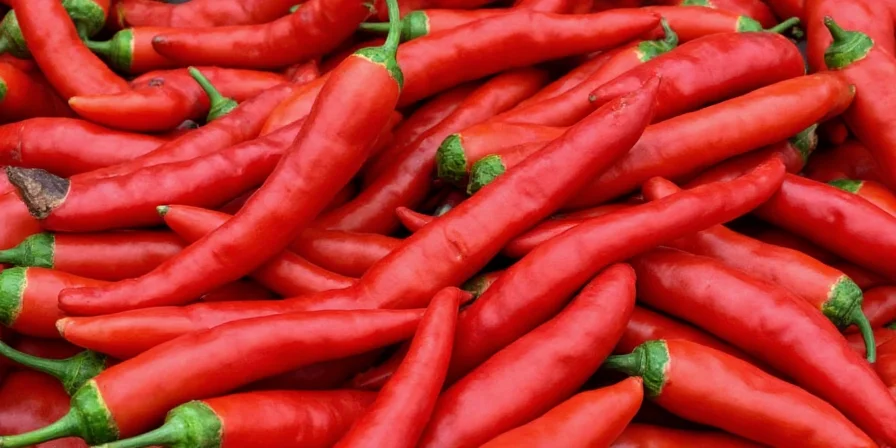









 浙公网安备
33010002000092号
浙公网安备
33010002000092号 浙B2-20120091-4
浙B2-20120091-4